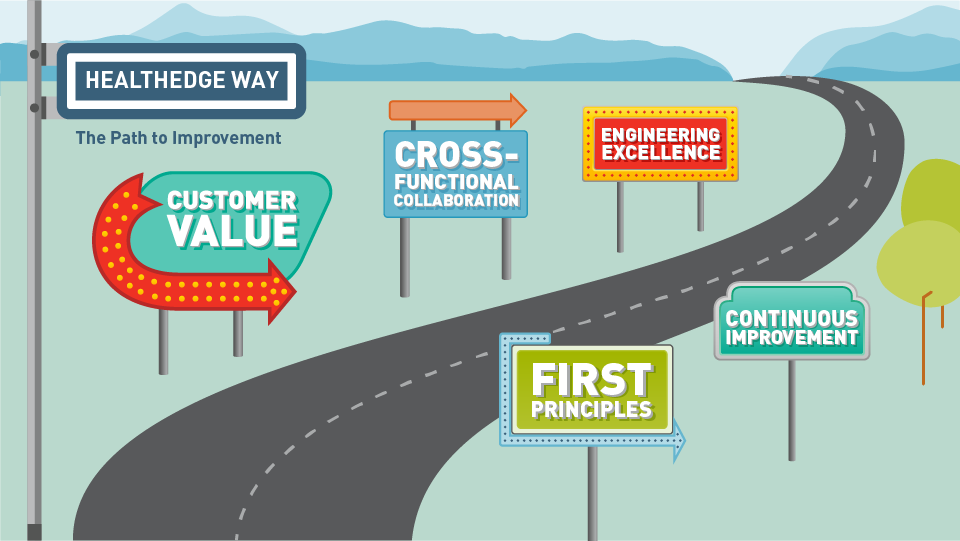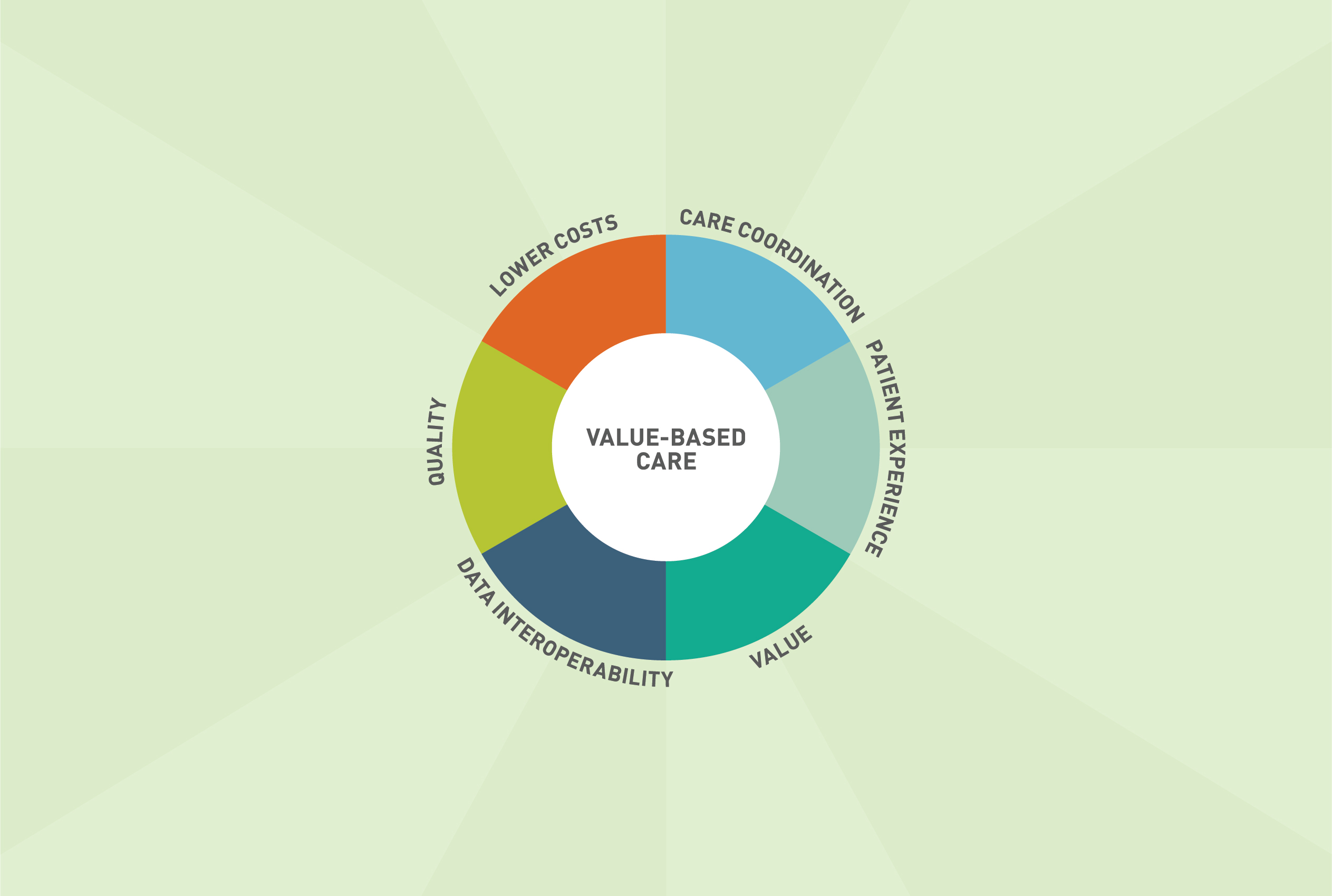Employee feedback drives our decisions as a company. To create a forum that allows us to hear directly from our people, human resources created the Employee Council. The council meets once a month to discuss HealthEdge happenings and ways to do things better, share news, initiatives, and ideas, and improve cross-collaboration.
Last year, the Employee Council launched the EDGIE Awards to recognize our consistent contributors and unsung heroes that may not necessarily be visible to the larger part of the organization.
What makes the EDGIE Awards special are that all recipients are nominated by their peers across different categories, based on HealthEdge’s five pillars: Customer Value, First Principles, Cross-Functional Collaboration, Continuous Improvement, and Engineering Excellence.
HealthEdge employees submitted more than 200 nominations across all categories! Congratulations to the 2020 EDGIE Award winners:
Internal Customer SuperHEro: Shirish Dandge, Principal Support Engineer, and External Customer SuperHEro: Yu-Bing Chen, Principal Software Engineer, for always putting the customer first and consistently adding end-to-end value. They take time to understand the customer’s problem and determine the best approaches to fix the root cause.
The Principle Award: Arijit Das, Manager, Engineering, for constantly finding ways to do things smarter and uncovering ways to better approach the way we work.
Cross-Functional Champs: Gail Winslow, Director of Marketing Communications, and Dina Maiorana, Product Manager, who always know when to pull in their stakeholders. Other departments and teams view them as valuable resources and the first points of contact.
Continuous Improvement, Continuous Delivery: Ram Mamidenna, Manager, Engineering, for demonstrating superior proficiency in the use of open communication and seeking feedback. They are skilled at defining, measuring, experimenting, mastering processes, and determining improvements through retrospectives.
Excellence Award: Liz Black, Executive Assistant to the CEO, who takes an “engineers” approach to all areas of her work by using creative thinking and problem solving, demonstrating behaviors and skills to drive positive results.
In addition, VP-level individuals and above are not eligible. However, the Honorable Mention category recognizes individuals who may fit into more than one category or are all-around an irreplaceable piece to our organization: Brittany Long, Senior Operations Manager, Wilda Todd, Sales Solution Engineer, and Amaresh Panda, Manager, Customer Services.
The EDGIE Awards foster a culture of recognition and thank the individuals who practice HealthEdge pillars in their day-to-day work, making a positive impact on their teams and the larger organization while serving our customers’ needs.
The Employee Council and EDGIE Awards are just two of the reasons HealthEdge was named to Boston’s 2020 Best & Brightest Companies to Work For® award, three years in a row, Boston Globe Top Places to Work, and Top Places to Work in the Nation in 2021.






